
br>
The main topic of discussion on Thursday in the Russian figure skating community was the terrible fall of Maria Simonova at a tournament in Moscow. Partner Martin Breslavsky dropped the girl from the support, and referee Alexander Lakernik did not even stop the skate. The Sport correspondent discusses what lies behind the seemingly reckless and unnecessary heroism of the young athlete in this situation.
Absolutely fair questions are asked by all those who do not understand why the competition referee did not prohibit the couple from continuing the program. In such situations, the line between severe health consequences and their absence can lie in a time period of several minutes. Just the one that was spent on completing the rental. Of course, there was no special sporting meaning here. To be on the safe side, it was necessary to immediately stop and leave the ice with the doctors.
Last week, exactly the same questions arose among spectators who watched the Russian jumping championship and saw how horribly the still very little figure skater Elena Kostyleva fell — in the last round, where the 12-year-old girl was required to perform a cascade of five jumps. She landed unsuccessfully on the first four-turn Salchow and hit her hand painfully. She drove up to the side in tears, but the coach and the doctor who ran up to her…
No, they didn’t take Kostyleva into an ambulance as quickly as possible to take her for an x-ray to be examined for a closed fracture. Which could well have taken place — in the first seconds, minutes and even hours it is unclear what happened: a bruise, a sprain or something more serious. Instead, the girl’s hand was frozen, after which she went to perform the second cascade. Where I fell again on the first jump. I think there is no point in saying what this could have led to if the arm had actually been broken. Fortunately, everything worked out.
After the jumping tournament in its updated form, of course, other questions arose. For example, what did they even want to demonstrate to them? That we have children who have been taught to do quadruple jumps of crazy complexity? So we knew this before. What are they able to effortlessly beat out in terms of points for cascades of five jumps of the best figure skaters in the country? I'm not sure this is very valuable knowledge. Especially considering that the minimum age for entering adult figure skating is now 17 years old, and there are still many more unsuccessful examples of teenagers going through puberty in figure skating and injuries due to excessive loads.
But this is a topic for further discussion and even research. But the question of whether Kostyleva’s heroism is dubious is looming now — especially in light of Simonova’s fall. There was little tournament sense in continuing to fight in both cases. When Lena failed the first cascade, it became clear that she would not score many points and the team would 99% (unless in the event of a retaliatory failure) not be able to catch up with the rivals. From the same opera and the continuation of the rental program of Simonova and Breslavsky. This is not the Olympic Games, not the World Championships, or even the national championship, but a passing tournament by the standards of figure skating. Why are these sacrifices where there is no need for them?
There is an answer. And one of the athletes with whom I had talked about this the day before gave it to me. “You see, this is who we are – and we can’t do it any other way,” he said in response to all the arguments that I gave in the material above.
And in this phrase, in fact, everything the essence of those people who live in sports of the highest achievements. In which every day they train to go beyond the limits of human capabilities. What is a tournament for the prizes of the President of the FFKKM or even the Russian jumping championship? Yes, the same training.
There are quite a lot of examples when it seems that there is no point in sports heroism. Remember how Anna Shcherbakova entered the Russian Championships in the 2020/21 season with a fever? It was creepy to watch the figure skater leave the ice after performing the program, breathing heavily. What would have happened if Shcherbakova had withdrawn? Yes, it seems like nothing. Even without “it seems” — nothing. She would have remained one of the best figure skaters in Russia even without winning that championship. Perhaps she would even be included in the squad to participate in the World Championship by decision of the coaching council.
Didn't that Russian championship become one of the bricks in the wall of stability and ability to gather at decisive moments, thanks to which Anna won both the world championship and the Olympic Games? After all, if you have overcome yourself in a situation where it seems that it is no longer possible to do this, you will know that you are all the more capable of doing everything necessary for victory when everything goes according to plan. Overcoming the injury the figure skater received at the beginning of the Olympic season was exactly the same “building block.” If Anna had given up then, if she had not continued to work through the difficulties, she would not have had the gold of Beijing. And so, having gone through all the hardships, Shcherbakova said that she entered the main start of life with the awareness of complete readiness to fight.
Evgeni Plushenko with his dozens of surgeries on the spine, Alexei Yagudin with a crushed hip joint, Elena Berezhnaya with her skull pierced by her partner’s skate, Tatyana Totmyanina with a concussion received after exactly the same terrible fall from a support as young Maria Simonova… These are all examples only from one sport. Ordinary people would not continue to do something that confronted them with such a nightmare. But they are different. And in the end they became great thanks to the fact that they overcame the insurmountable.
There is no limit to human capabilities — not just a common phrase. The mechanism of victory in any sport is to use the body’s hidden reserves in a critical situation. And an athlete who wants to learn how to do this, of course, will not be stopped by the thought that contains the words “no matter what happens.” More precisely, such a thought will not even appear to him — just as neither Kostyleva did at the climax of the jumping tournament, nor did Simonova when she got up from the ice and realized that she could continue skating.
“
“Yes, there is a risk. But let’s not start at all. For any athletes, there is a risk from the very beginning, even before the start,” stated Lakernik.
And you probably can’t argue with him.
< br>
In 1970, the great director Elem Klimov made a film called “Sport, Sports, Sports,” which, I think, should be watched by everyone who is related to the type of human activity mentioned in the title and repeated three times. His heroes are the black American Jesse Owens, who won four gold medals at the 1936 Olympics in front of Hitler, the Soviet high jumper Valery Brumel, who returned to the sport after three dozen operations on his leg, crushed into small pieces in a car accident…
< br>
But the most impressive, in my opinion, episode of the film is dedicated to the 10-kilometer race as part of the track and field match between the US and USSR national teams in 1959 in Philadelphia. It took place in 34-degree heat with a humidity of 90% — and the final result depended on it. As a result, all four participants in the race — two Soviet athletes and two American ones — were taken to intensive care. But not a single one left the race until he fell unconscious.
And the finish line of the Estonian Soviet athlete Hubert Pärnakivi is an impression that will last a lifetime. The athlete took a very long time to overcome the last tens of meters. Periodically falling to the side, raising his knees high and waving his arms as if someone was pulling their strings. “Dance of Death,” is how eyewitnesses described what was happening then.
The athlete himself, when he came to his senses, said a very simple thing:
“
“You need distance overcome to the end. Every time — to the end.»
And these words — “every time — to the end» — the life motto of all those who fall, get concussions, break arms and legs , but does not break himself, but goes to sporting greatness.
The author’s opinion may not coincide with the position of the editors



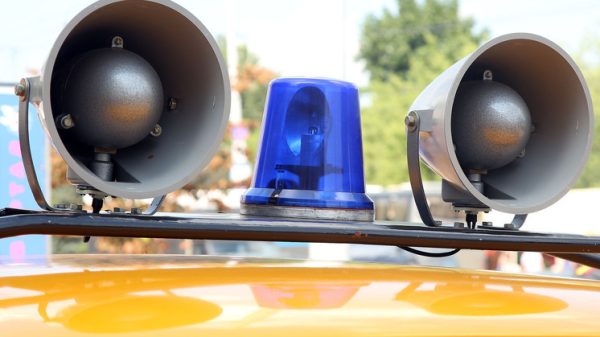
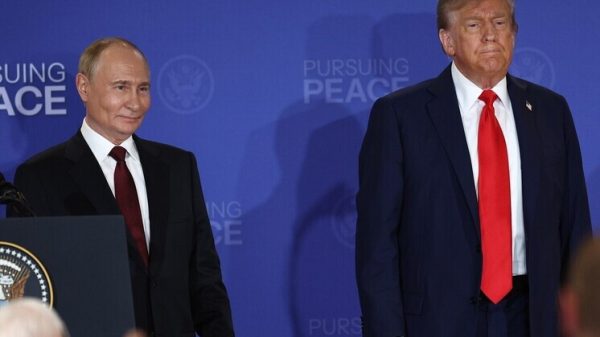


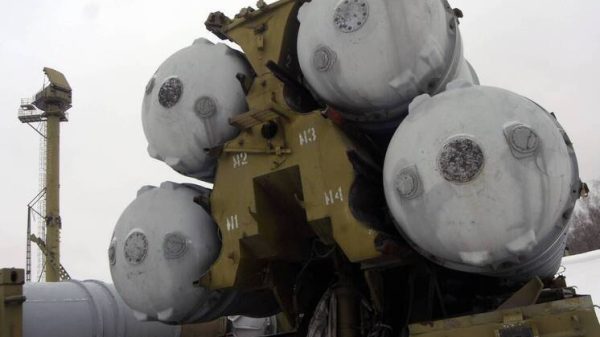







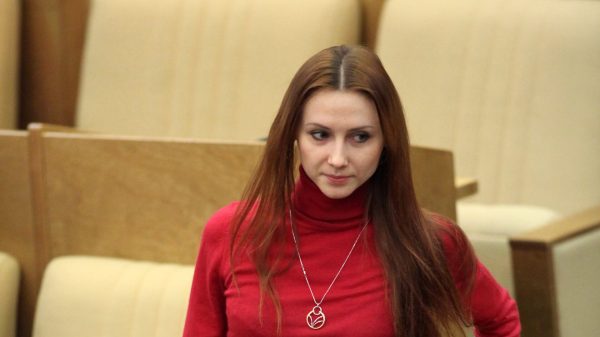
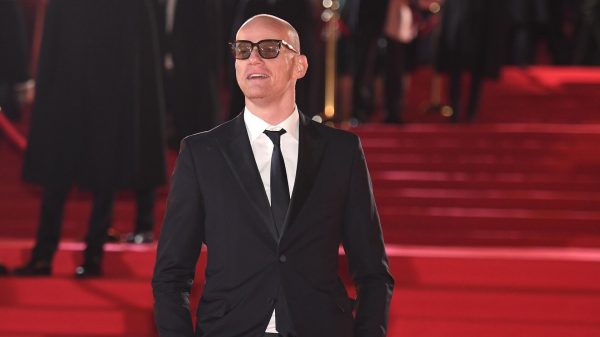



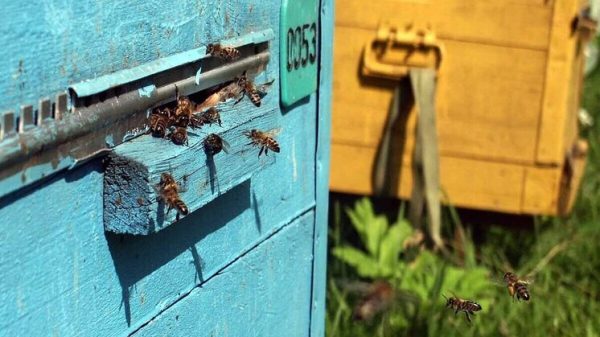












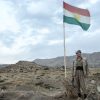
























Свежие комментарии